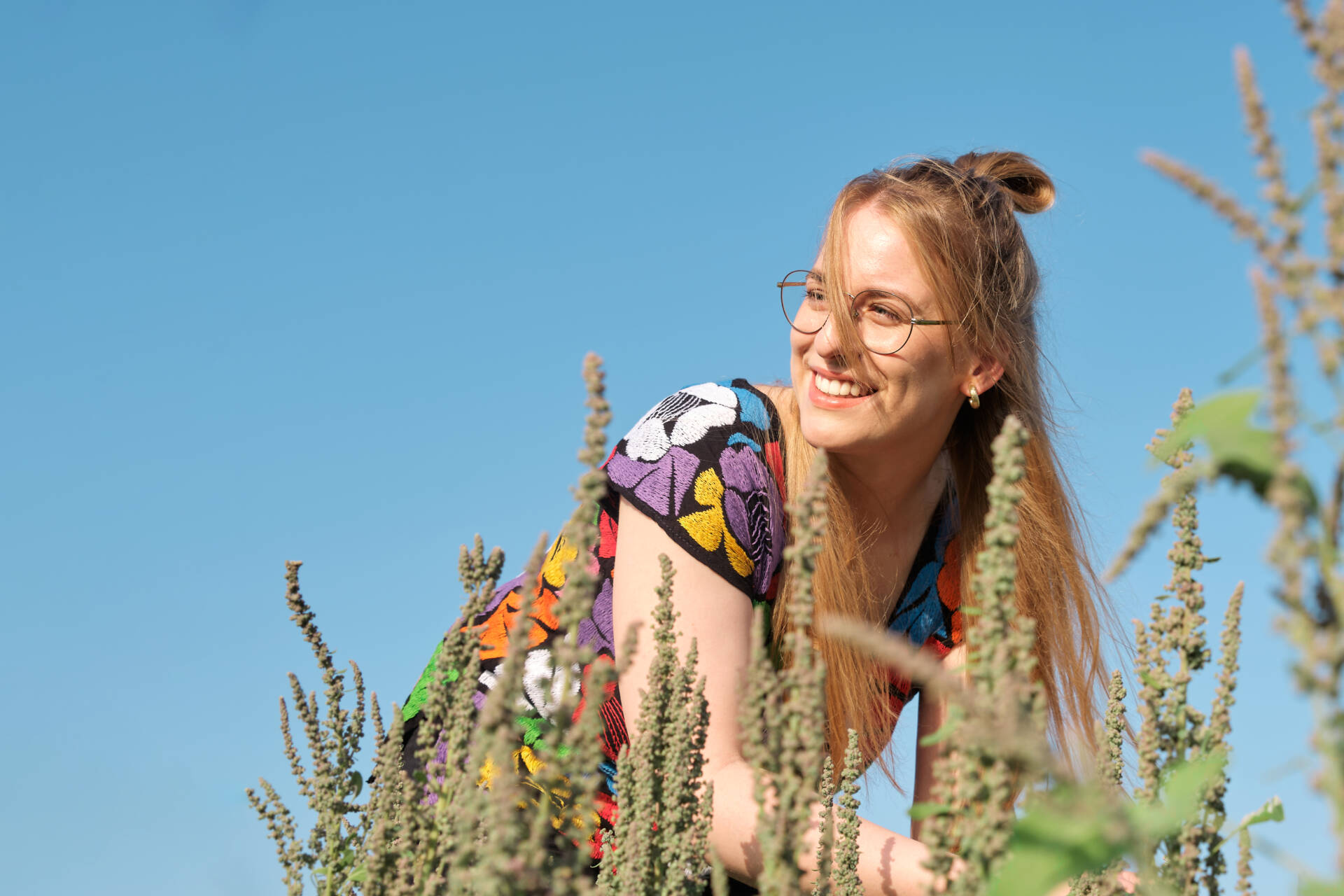Quinoa is widely known as a superfood, but it is also a remarkably adaptable crop, growing in many harsh and inhospitable environments.
It was quinoa’s potential to address global problems of food security in a changing climate that attracted Clara Stanschewski to study the crop.
“I am driven by my motivation to contribute to efforts toward food security, one of the many challenges that are intensified by climate change,” she says.
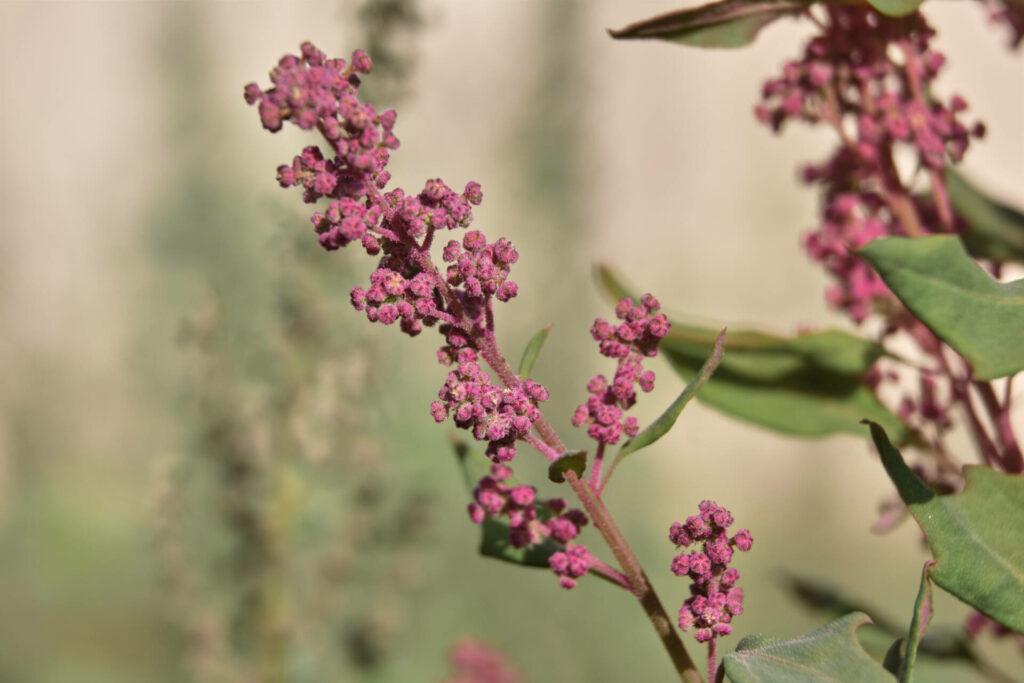
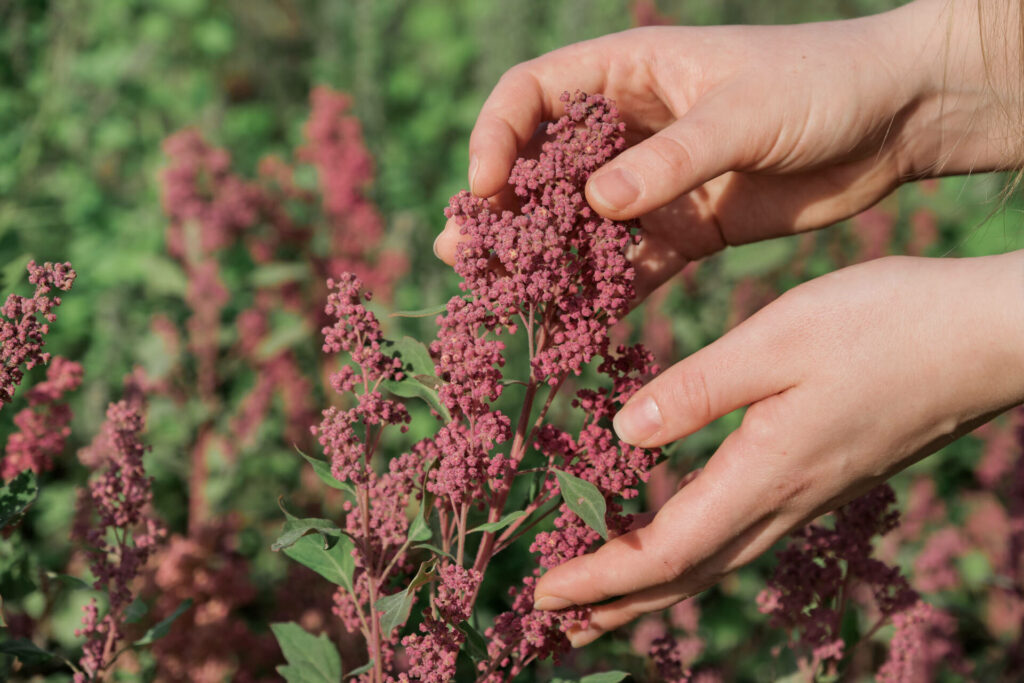
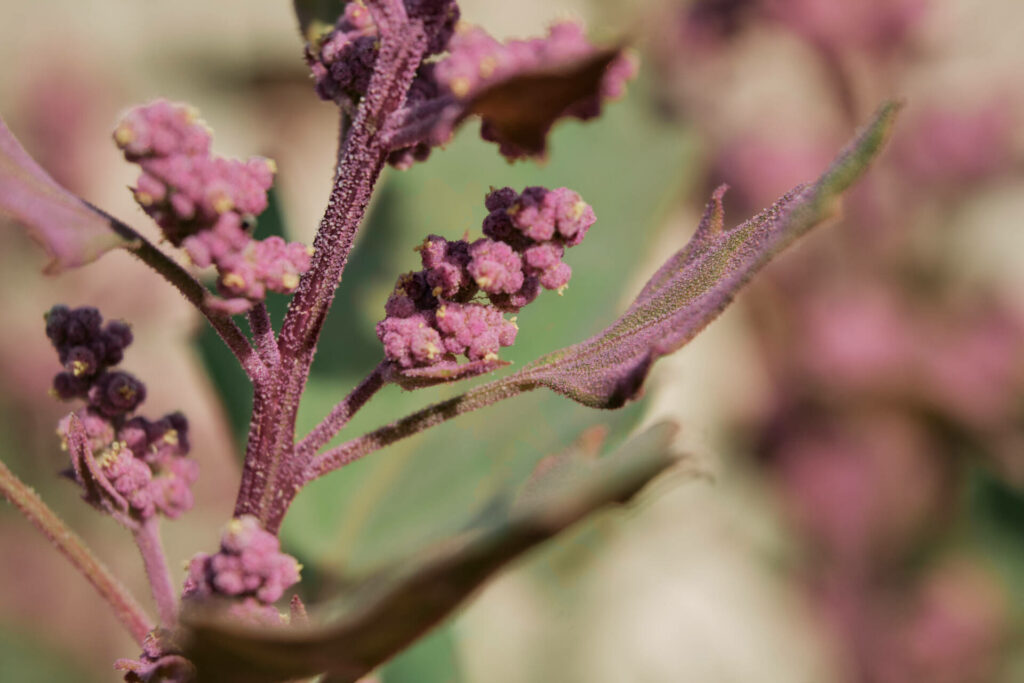
It has been a circuitous journey for Stanschewski, who came to KAUST for a three-month internship in the Red Sea Research Center to study bacterial communities in cultures of algae exposed to experimental warming.
“With my background in marine science and climate change, the Red Sea Research Center seemed like the perfect place for me,” she says. But, while doing her placement, Stanschewski read an article in KAUST Discovery magazine and became fascinated by the research of another group at KAUST led by Mark Tester. His group in the Center for Desert Agriculture uses genetic approaches to reintroduce salinity tolerance from certain wild plants to their domesticated relatives.
“I was very excited because they are addressing many of the problems of climate change that we are already facing,” says Stanschewski. She was offered a position in the group and since August 2018 has changed her focus of study from marine algae to terrestrial quinoa, a minor crop with a high natural tolerance to salinity.
Tester’s group sequenced the quinoa genome, which was published in Nature and represents a key component to enable genetic studies of quinoa for crop improvement. He says there is a great potential to expand quinoa cultivation into areas that are currently unavailable to agriculture, such as degraded soils. “In Bolivia, for example, I have seen quinoa growing on the side of the road in very poor soil. It’s also extremely drought tolerant,” says Tester.
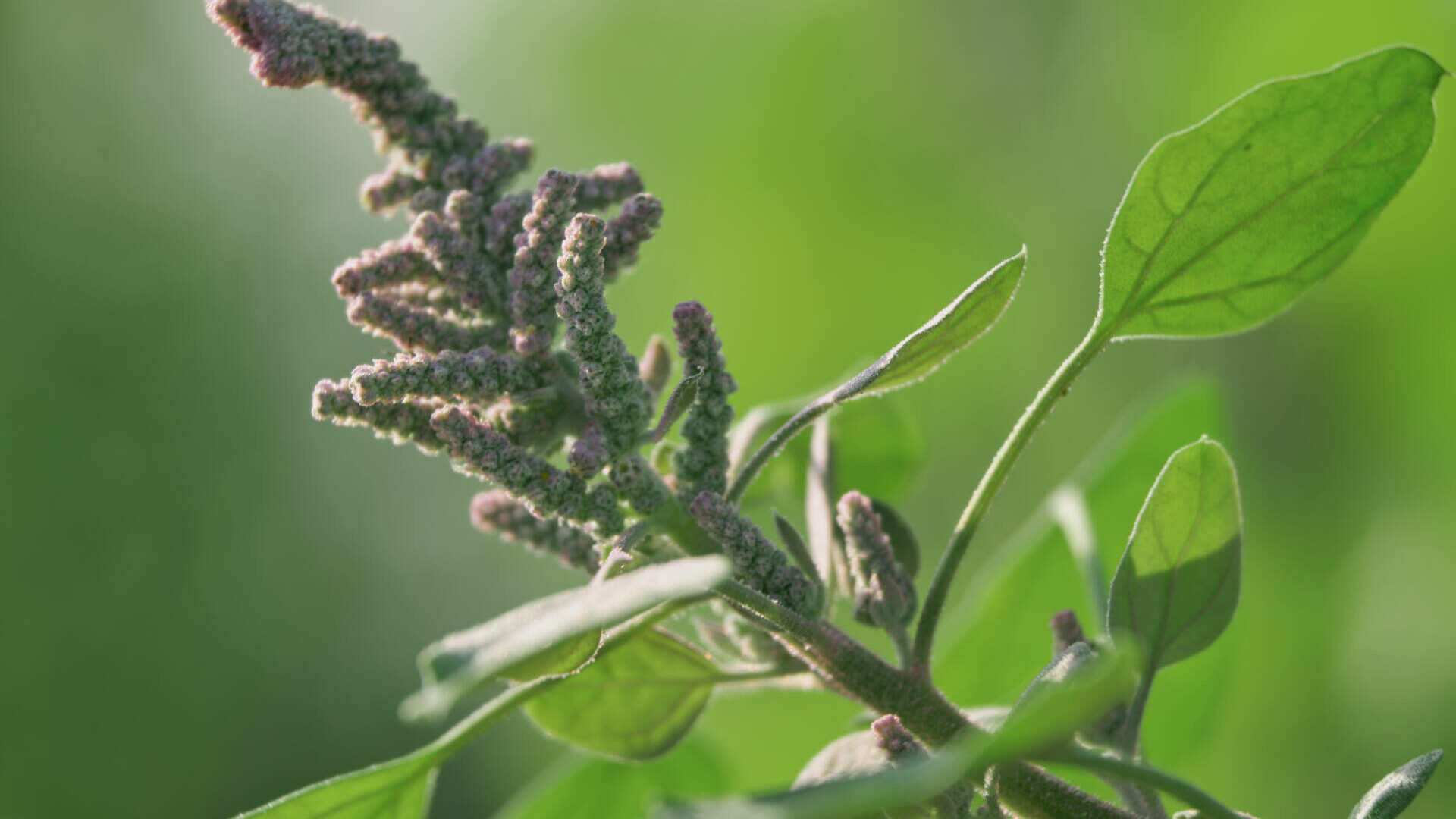
Stanschewski is leading two large field trials in Saudi Arabia, with about 140 quinoa accessions grown under control and salt treatments. This is the first time such a large number of different varieties grown to maturity in the field have been assessed for their response to salt stress.
Before she could start, she needed to establish a consensus, or standard, for phenotyping quinoa.
“When I joined, I was given datasets from initial trials conducted by my lab, one field trial in Australia and one in China. We wanted to compare the different accessions to see how they performed in different environments.
“But as I dug into the data, I realized that it’s very hard to compare between environments if the data hasn’t been collected in a standardized way. Because the fields are very large, more than one person is needed to collect all the data, so everybody needs to have the same understanding,” Stanschewski explains.
This led her to publish a detailed description of the traits along with a set of phenotyping cards. These cards provide a visual aid in describing different features for the agronomic and physiological characterization of quinoa plants, such as plant height, features of the panicle (shape, density etc.), branching habit and the homogeneity of the plants in a plot. Stanschewski refined the cards, which had been developed by colleagues in the lab over several years.
The phenotyping cards provide a tool to help assessors in the field reach the same consensus. The aim is to identify varieties that are best suited to a particular environment, which traits are agronomically important, meaning the traits that are correlated with important complex traits, such as yield, and then identify the genetic architecture of these traits.
“The phenotyping cards provide a tool to help assessors in the field reach the same consensus.”
Establishing the phenotyping standard and having it accepted by other groups around the world working on quinoa meant that they could collaborate to accelerate their findings and, most importantly, assess varieties across multiple environments. Stanschewski has also established a quinoa database for storing and sharing the data collected.
After her Ph.D., Stanschewski hopes to continue her research on quinoa, possibly delving more into the genetics, which has been a new area for her.
“Moving to a new field was a big leap and there was a lot of learning on the go. But I feel that now I am working on something where I can really see the impacts of my work.”

